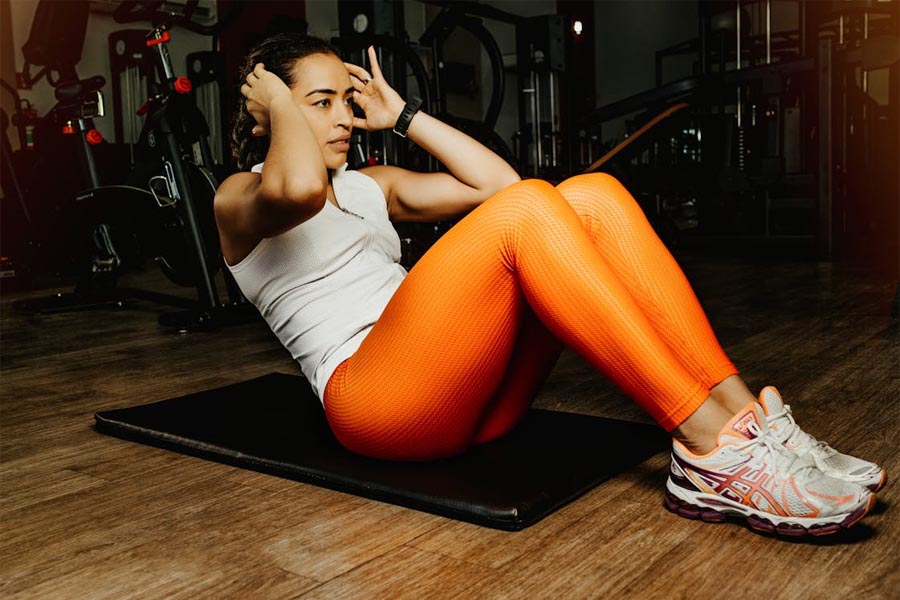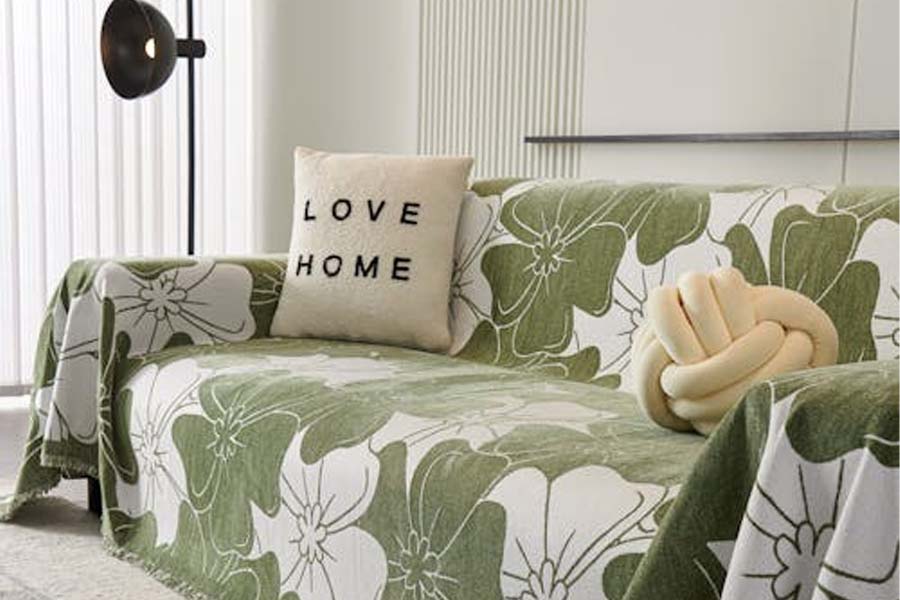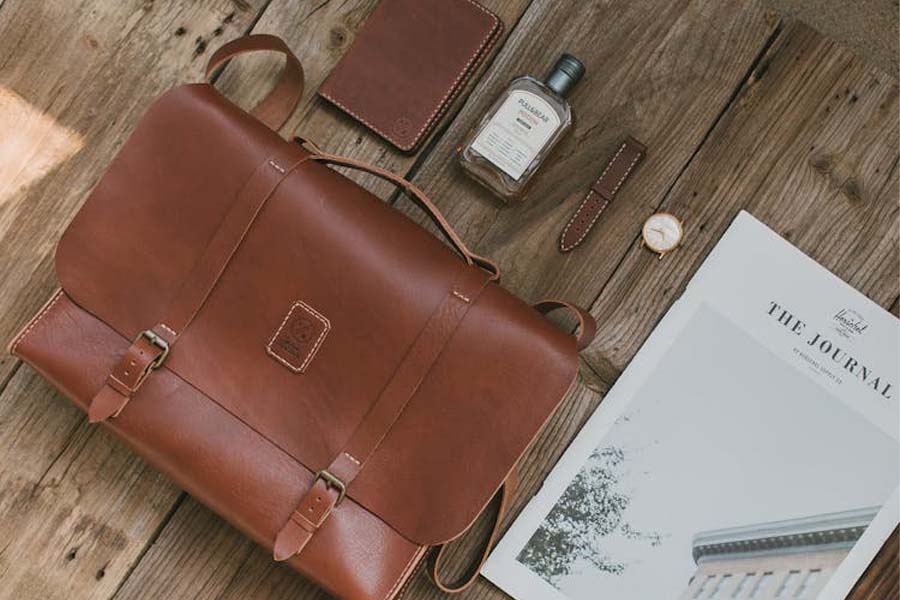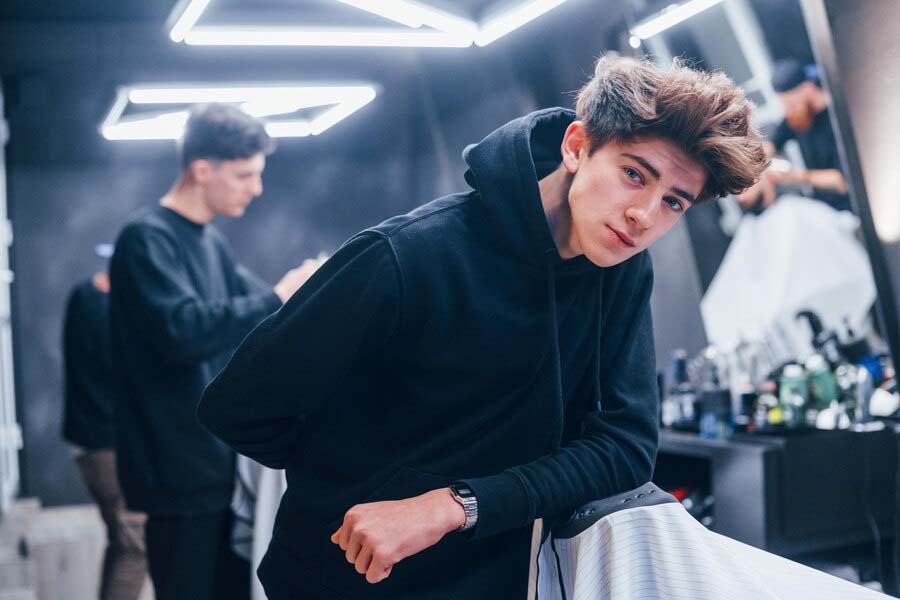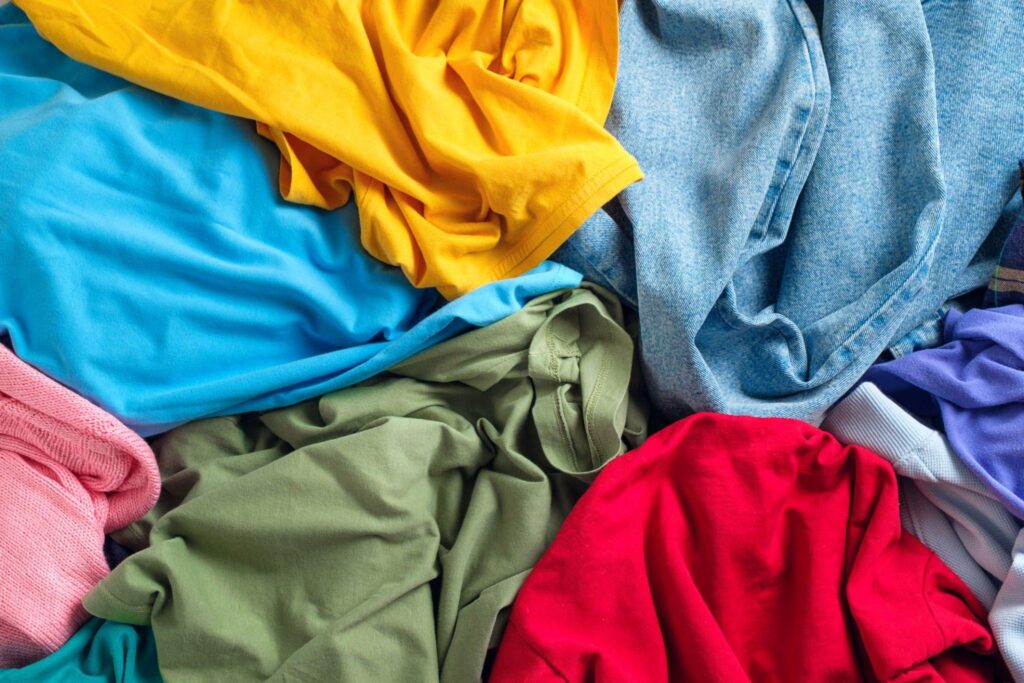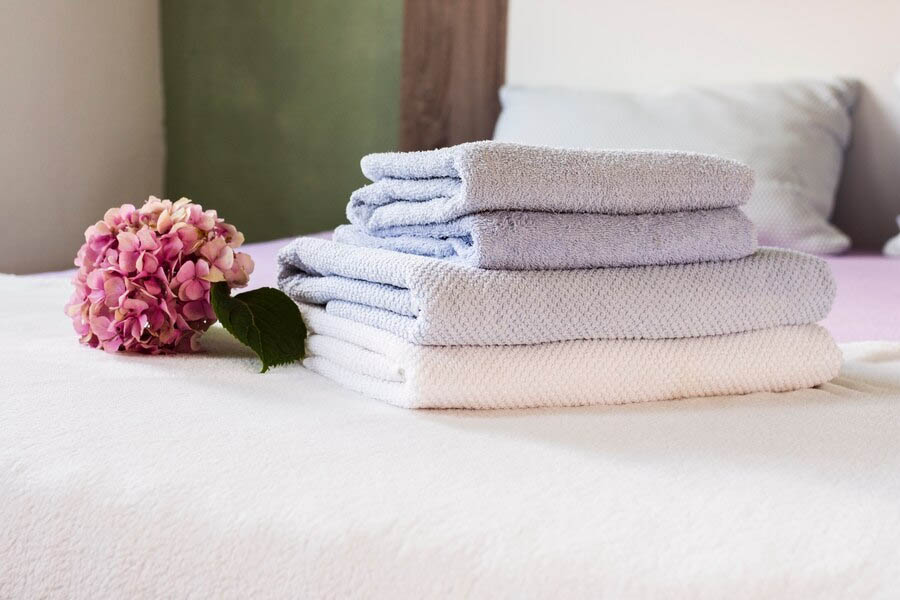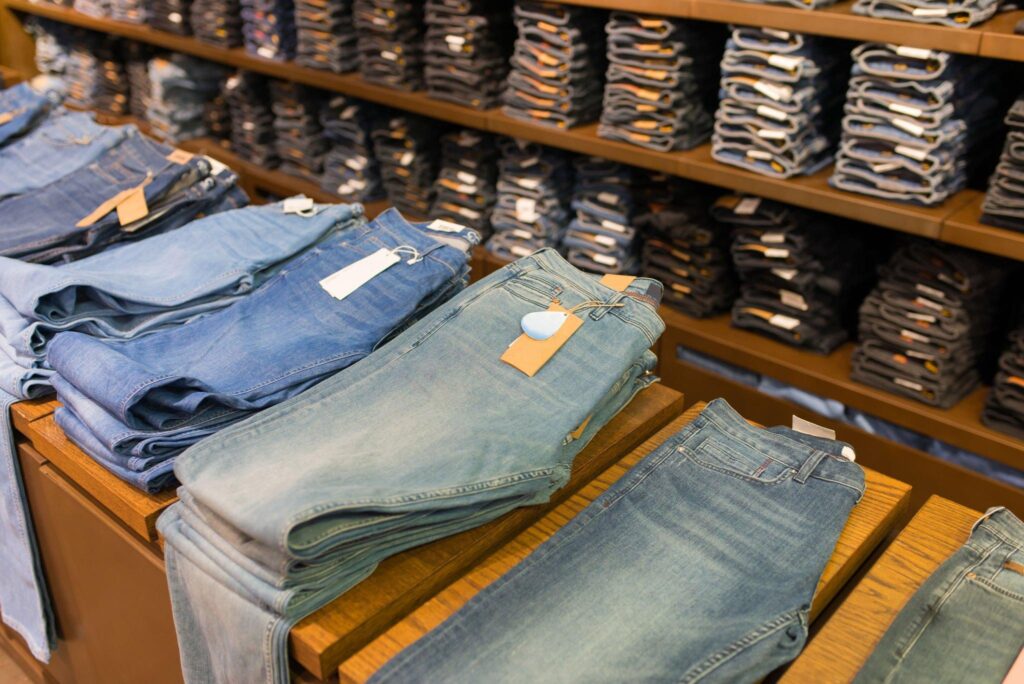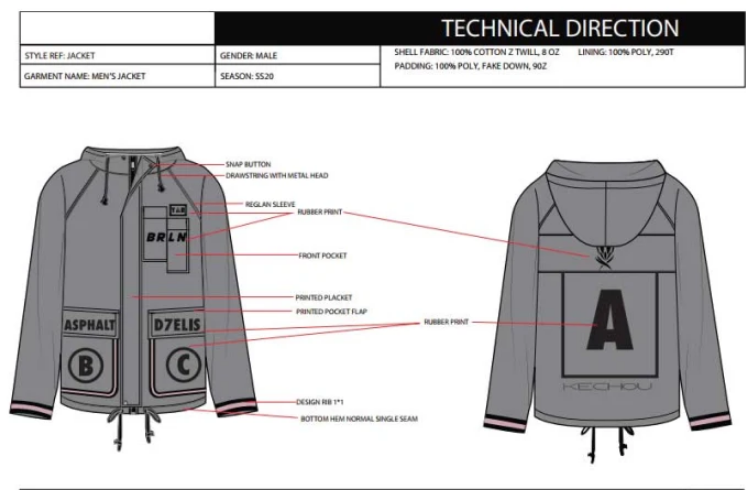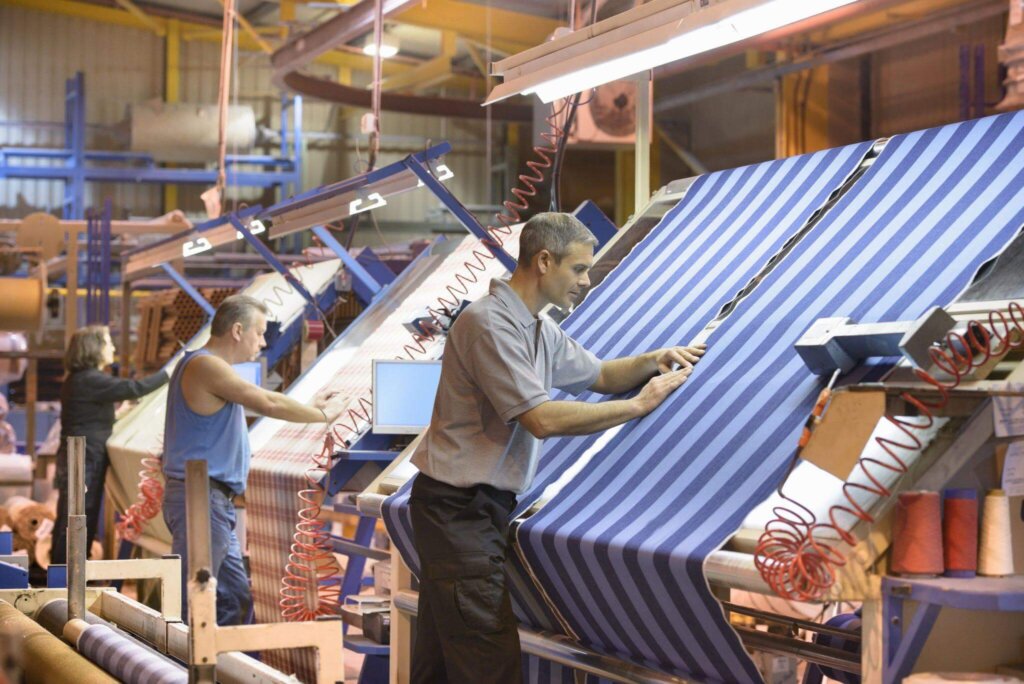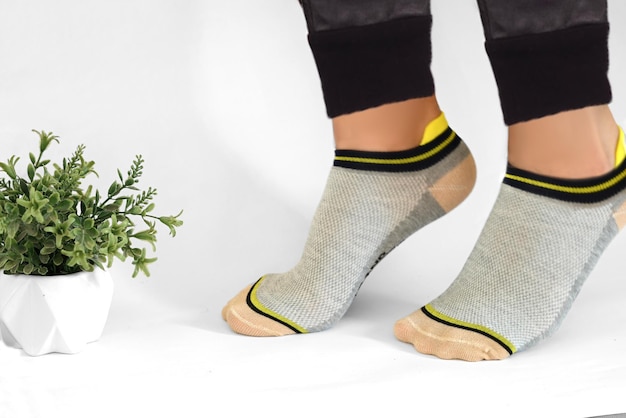Embroidered patches represent a critical branding element requiring technical precision in application. This comprehensive guide details four industrial-grade attachment methods with engineering specifications. Ludyway’s professional embroidery services ensure patch integrity across diverse substrates from denim to performance fabrics.
Technical Patch Classification
Embroidered patches function as permanent brand identifiers requiring material-specific application protocols. Common classifications include:
- Fully embroidered (50,000+ stitches)
- Chenille (loop height 1.5-3mm)
- Woven (thread density ≥150 dpi)
- Bullion (wire diameter 0.3-0.8mm)
Material-Specific Patch Types
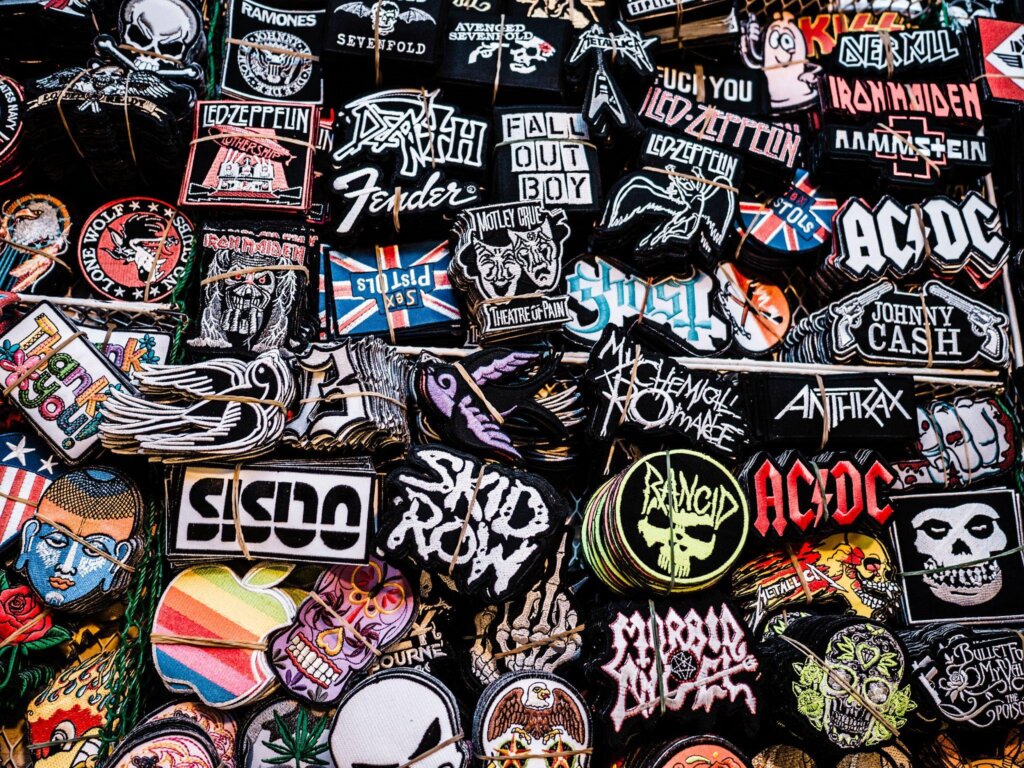
| Patch Type | Substrate Compatibility | Durability Rating |
|---|---|---|
| PVC | Nylon, Polyester | ISO 6330:2012 Class 4 |
| Leather | Denim, Canvas | Martindale ≥20,000 cycles |
| Printed | Cotton Blends | Lightfastness 7-8 (ISO 105-B02) |
| Name Patches | Uniform Fabrics | Wash resistance 50+ cycles |
Ludyway’s technical team selects patch types based on end-use requirements for corporate uniforms and promotional items.
Industrial Attachment Methods
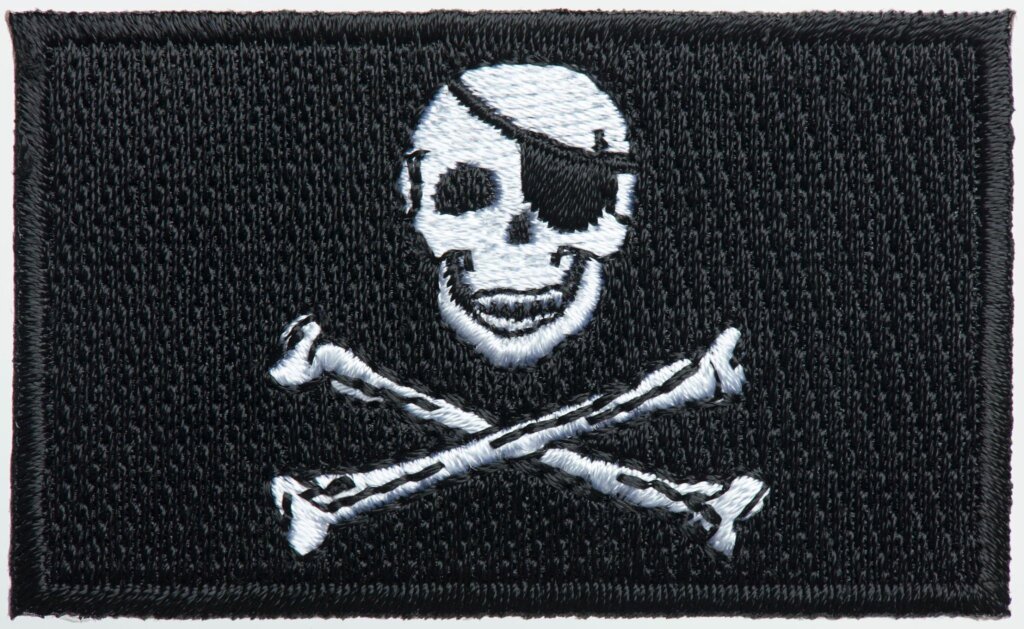
Thermoadhesive Bonding
- Technical Specs: Ethylene-vinyl acetate (EVA) adhesive; activation temp 150-160°C
- Applications: Temporary applications on cotton apparel
- Limitations: Peel strength 3.5 N/cm; degrades after 15 wash cycles
- Protocol: 30-second pressure at 10 psi with Teflon sheet barrier
Mechanical Stitching
- Technical Specs: Lockstitch (301) or chainstitch (401); SPI 8-12
- Equipment: Industrial straight needle (DBx1 #14) or cylinder-bed machines
- Applications: Permanent attachment on denim products
- Performance: Tensile strength ≥200N; exceeds ISO 13935-1 standards
Ludyway recommends dual-stitch perimeter reinforcement for high-stress areas.
Appliqué Technique
- Technical Specs: Blanket stitch (3.5mm width); satin edge coverage
- Equipment: Computerized embroidery machines (Barudan/Brother)
- Applications: Premium performance sportswear
- Advantage: Seamless integration with substrate
Chemical Adhesion
- Technical Specs: Polyurethane-based adhesives; cure time 24h
- Applications: Non-textile surfaces (leather goods, equipment)
- Performance: Peel strength 5.2 N/cm (ASTM D903)
- Protocol: 0.3mm adhesive layer; 10-minute open time
Optimal Stitching Protocol
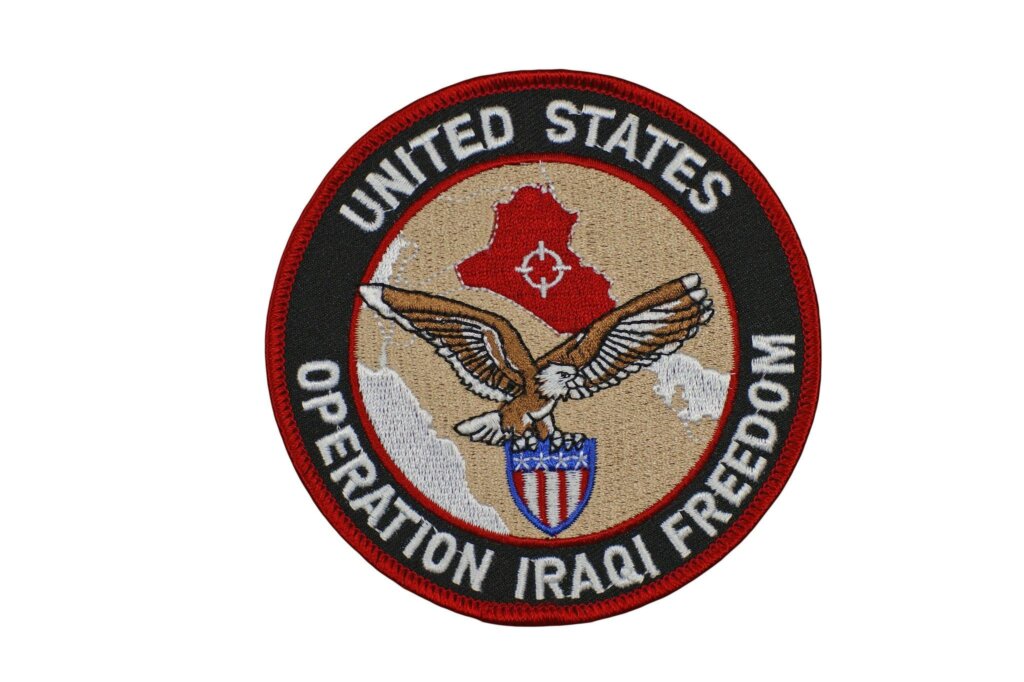
Technical Implementation
- Substrate Preparation: Pre-shrink fabrics; stabilize with 2.5oz tearaway
- Positioning: Laser alignment (±0.5mm tolerance)
- Thread Selection: Tex 40 polyester (colorfastness ≥4)
- Stitch Parameters: 3.5mm stitch length; 0.6N thread tension
- Reinforcement: Double-row stitching at stress points
- Termination: Backtack 4-6 stitches; ultrasonic thread trimming
For fleece garments, Ludyway uses reduced presser foot pressure (30-40kPa) to prevent pile compression.
Industrial Backstitch Execution
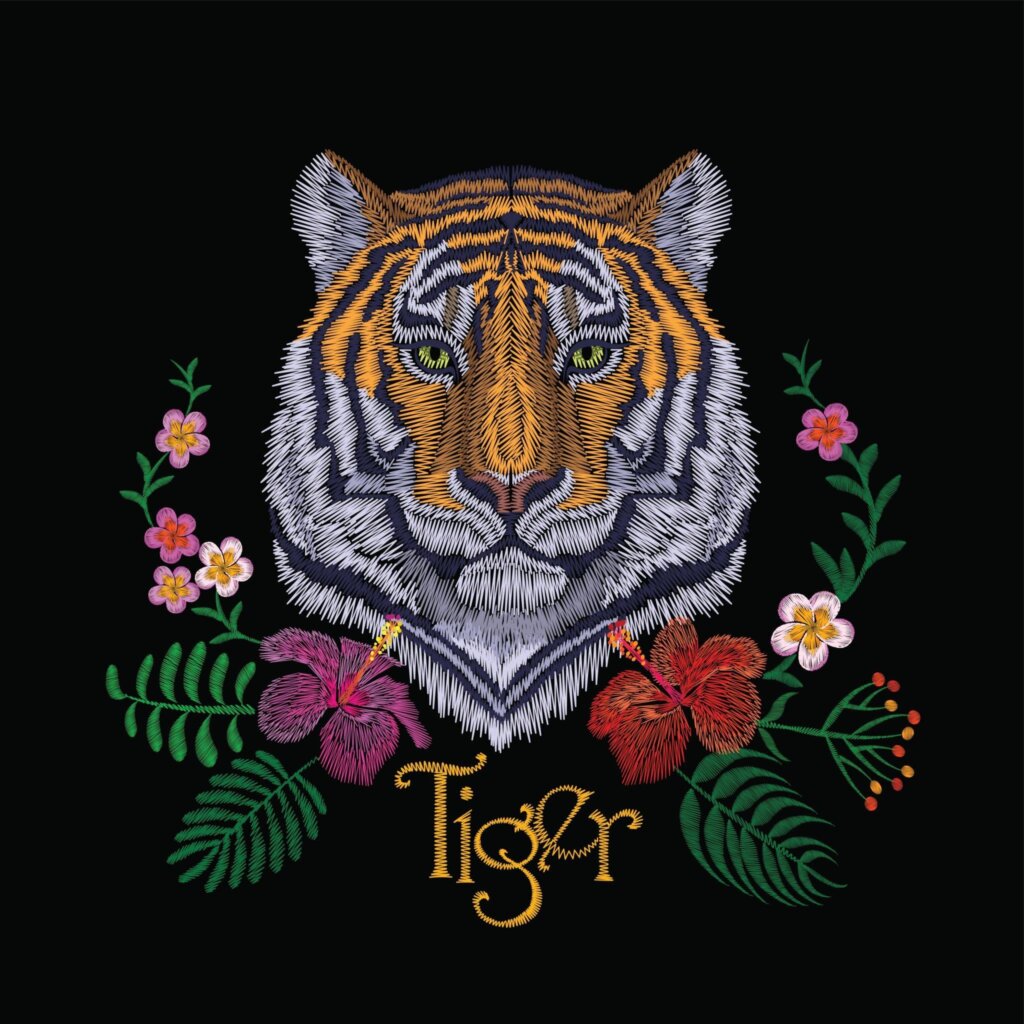
- Needle: DBx1 #16 (denim) or #14 (knits)
- Stitch Length: 2.8-3.2mm (balanced)
- Thread Consumption: 2.5x seam length
- Termination: Lockstitch knot with 8mm tail
Quality Validation

- Seam slippage ≤3mm (ISO 13936-1)
- Color transfer ΔE ≤2.0
- Wash testing: 50 cycles AATCC 135
FAQs
How are embroidered patches manufactured?
Industrial patch production involves:
- Digitizing with 0.1mm stitch precision
- Schiffli embroidery (400-1200 rpm)
- Ultrasonic cutting (0.2mm tolerance)
- Merrow or laser-edge finishing
Technical distinction: Patch vs Appliqué
| Parameter | Patch | Appliqué |
|---|---|---|
| Construction | Layered substrate | Direct substrate integration |
| Stitch Density | ≥7000 stitches/dm² | 3000-5000 stitches/dm² |
| Edge Finish | Bound perimeter | Raw edge satin cover |
Technical Conclusion
Optimal patch attachment requires:
- Material compatibility analysis
- Precision stitch engineering
- Industrial durability testing
Ludyway provides:
- Custom patch design services
- Automated attachment solutions
- Quality certification documentation
For technical specifications or bulk orders, contact production@ludyway.com.


